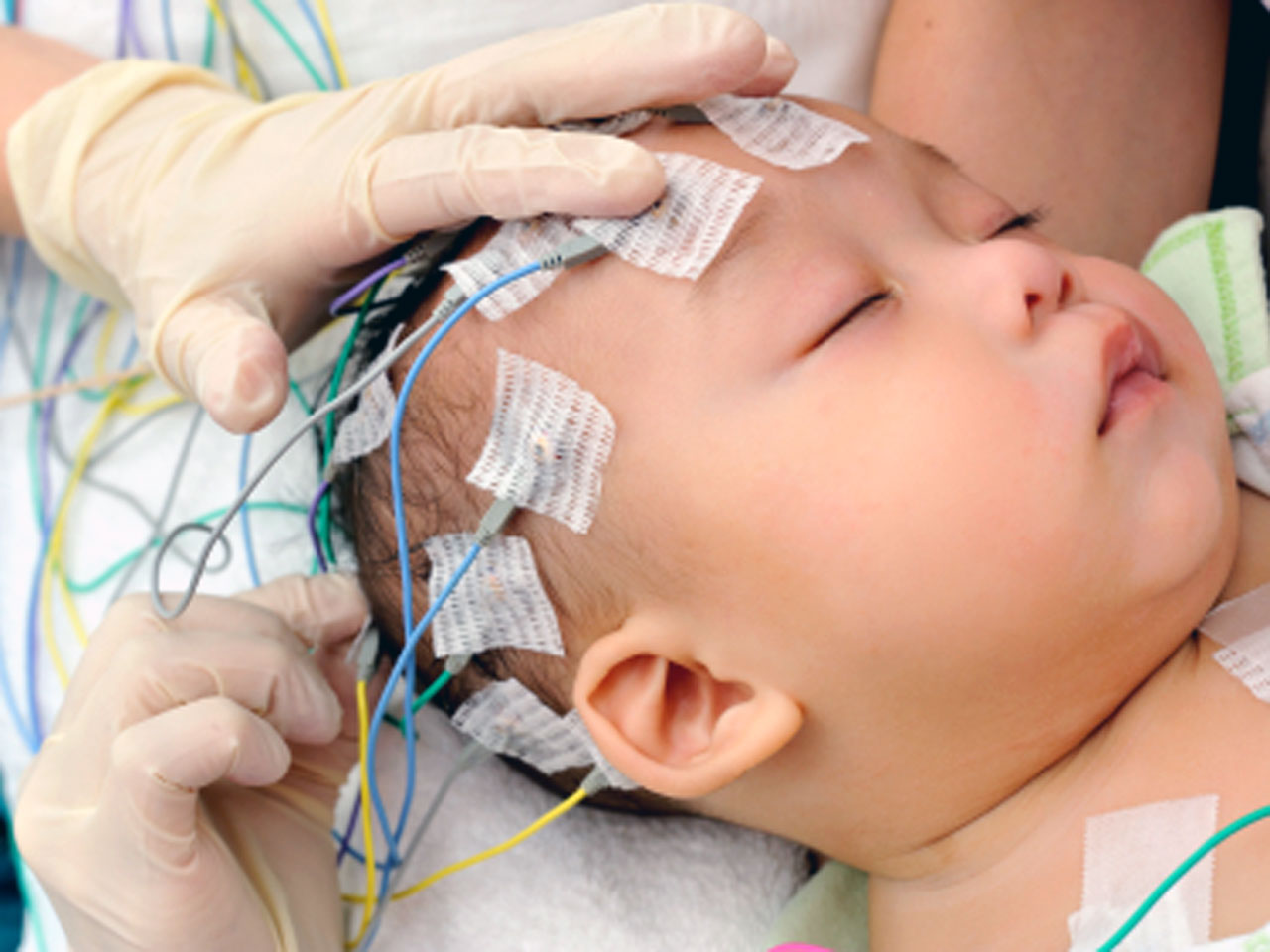

Although a typical appointment will last about an hour, including some preparation time at the beginning and some time at the end. How long does an EEG test take?Ī routine EEG recording usually takes 20 to 40 minutes. This can increase the frequency of symptoms such as headaches, dizziness, and depression. Long-term anxiety and panic attacks can cause your brain to release stress hormones on a regular basis. This is because some people with seizure disorders have normal EEG readings between seizures. It is also true that a normal EEG result does not always rule out epilepsy. Reasons for the common over-interpretation of normal EEGs are mostly related to the lack of standards or mandatory training in EEG. Misdiagnosis of epilepsy is the tendency to over-read normal tracings as abnormal. Frequently asked questions Can an abnormal EEG be wrong?
WHAT IS A EEG TEST SKIN
Skin irritation or redness may be present at the locations where the electrodes were placed, but this will wear off in a few hours. These are low blood sugar (hypoglycemia) or certain medicines, such as sedatives. Certain conditions may interfere with the reading of an EEG test. Other risks may be present, depending on your specific medical condition. If the patient does have a seizure, the healthcare provider will treat it immediately. This is due to the flashing lights or the deep breathing that may be involved during the test. In rare instances, an EEG can cause seizures in a person with a seizure disorder. Are there any associated risks?ĮEGs are safe and painless. However, you will need to wash your hair thoroughly to remove all traces of gel and other fluids. Generally, there are no special instructions for after-care. Once the test is complete, the technician removes the electrodes and washes off the sticky paste with warm water. What happens after and how long to get the resultsĮEG is a safe procedure.

Avoid consuming anything with caffeine for 8 to 12 hours before the test.Take your usual medications unless instructed otherwise.Wash your hair with shampoo, but do not use any hair care products.After which the patient will be asked to sign a consent form. Normally, healthcare provider will explain the procedure in detail. Discs (electrodes) are attached to scalp using a special adhesive which has to be washed off after the test is complete. They might scrub it with a gritty cream to improve the quality of the recording. What you can expectĪ technician measures and marks the scalp with a special pencil. This study is generally done by an EEG technician and may take approximately 45 minutes to 2 hours. The recording may be stopped periodically to let the patient rest or reposition. Sometimes they will put a cap containing the electrodes on the patient. The technician will attach between 16 and 25 electrodes to the scalp with a special paste. At various times, the technician might ask them to open and close their eyes, perform a few simple calculations, read a paragraph of text, look at a picture, breathe deeply for a few minutes, or look at a flashing light. They are asked to stay still, with no movements, such as swallowing or blinking, throughout the test. The patient relaxes in a reclining chair or lies on a bed, with eyes closed. They can look like spikes, sharp waves, and spike-and-wave discharges.Īn EEG might also be used to confirm brain death in someone in a persistent coma. Ĭertain other patterns indicate a tendency toward seizures. Ī common example of this type is called “slowing,” in which the rhythm of the brain waves is slower than would be expected for the patient’s age and level of alertness.
WHAT IS A EEG TEST PROFESSIONAL
The healthcare professional can use this to diagnose the patient’s condition.Ībnormal patterns may occur with a number of different conditions like head injury, stroke, brain tumour, encephalitis, sleep disorders or seizures. Each wave corresponds to a particular area of the brain. The EEG shows patterns of normal or abnormal brain electrical activity. The healthcare provider can then interpret this reading to conclude the diagnosis of the treatment. The EEG machine captures the electrical activity which is amplified and recorded as a graph on a computer screen, or may be printed out on paper. Our brain cells communicate via electrical impulses and are active all the time, even when we are sleeping. An electroencephalogram (EEG) is a diagnostic test that detects electrical activity in our brain using small, metal discs (electrodes) attached to the scalp.


 0 kommentar(er)
0 kommentar(er)
